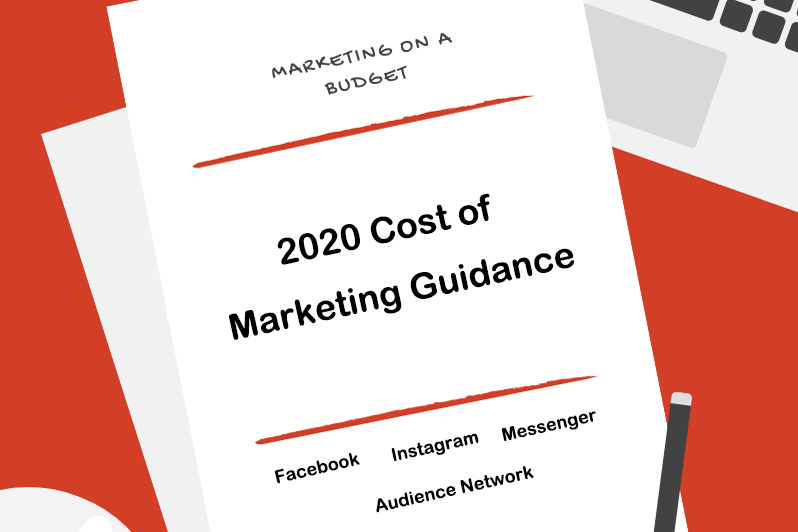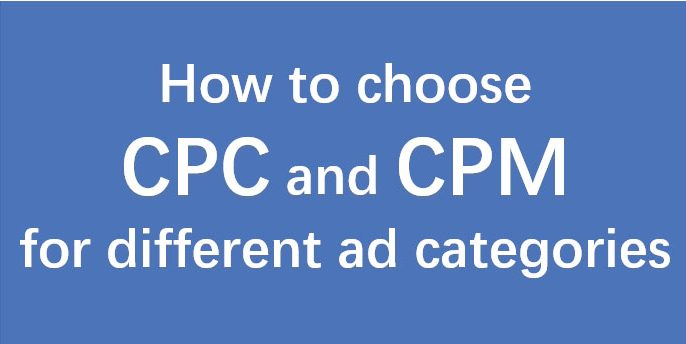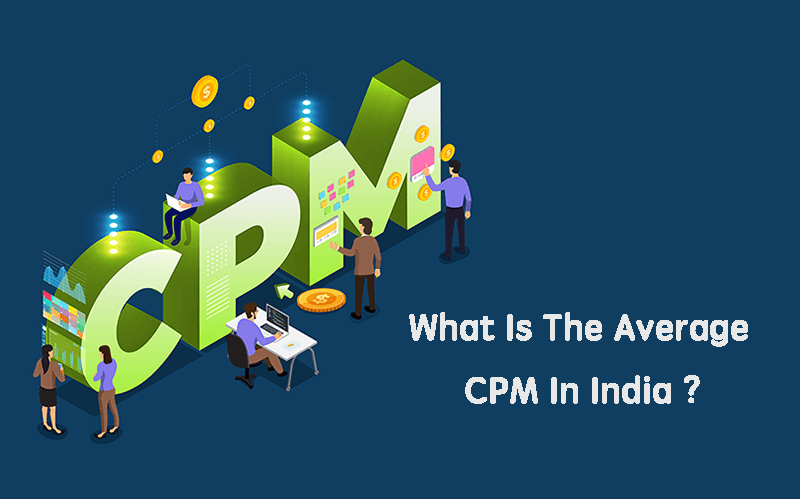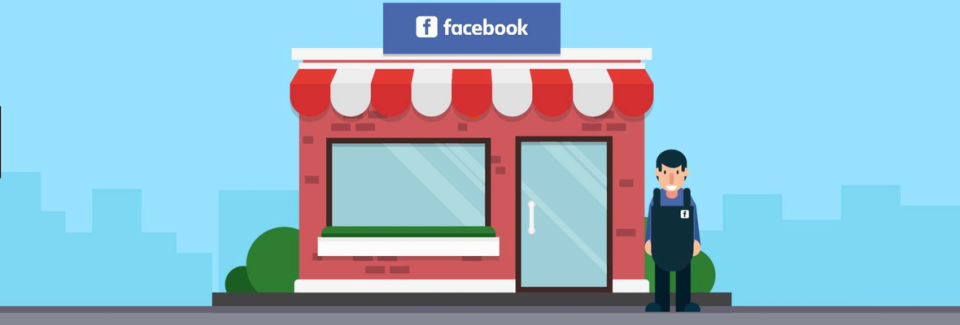What Does CTR Stand For? -ADCostly
What is CTR? What is the CTR formula? How to calculate CTR? What is a good CTR? How to increase CTR? ADCostly summarizes the content of CTR to help you quickly increase the advertising CTR.
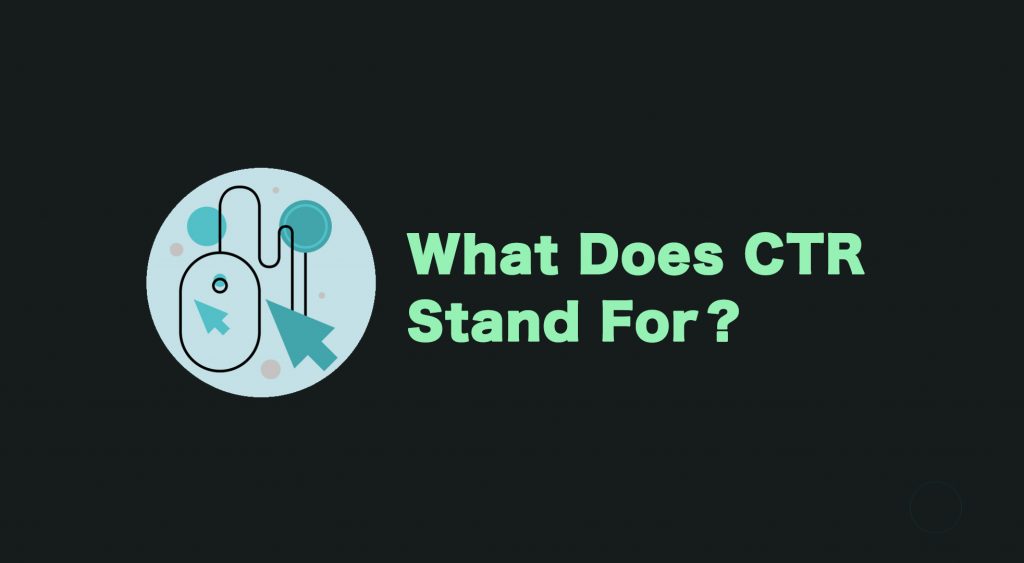
What Does CTR Stand For?
CTR is Click Through Rate, which is a common indicator of Internet advertising. PPC click-through rate is the rate at which your PPC ads are clicked. This number is the percentage of people who view your ad (impressions) and then actually go on to click the ad (clicks). It is the rate at which your PPC ads are clicked. The larger the CTR, the easier it is to click on the advertisement.
How To Calculate CTR?
CTR Formula: CTR = Clicks/Impressions
For example, a company’s Facebook advertising campaign has generated 10,000 impressions and generated 500 clicks, the CTR of this promotional campaign is 5%.
What is a good CTR?
The average CTR is generally 0.1%~2%, and generally a CTR greater than 2% is a very good CTR. However, CTR is greatly affected by countries and publishers, so the difference in CTR between different countries is also relatively large. The following is the CTR benchmark analysis of different countries and publishers in 2020.
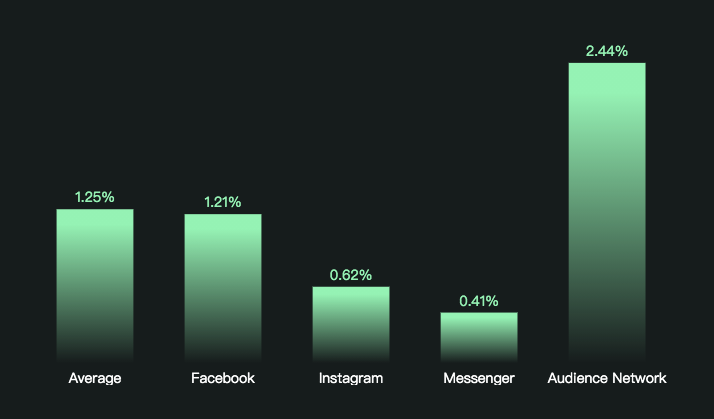
The average CTR in 2020 is 1.25%. Among all the publishers, Audience Network has the highest average CTR, which is about 2.44%; the average CTR of Instagram and Messenger is lower, about 0.62% and 0.41%; the CTR of Facebook is basically the same as the average CTR, about 1.21 %.
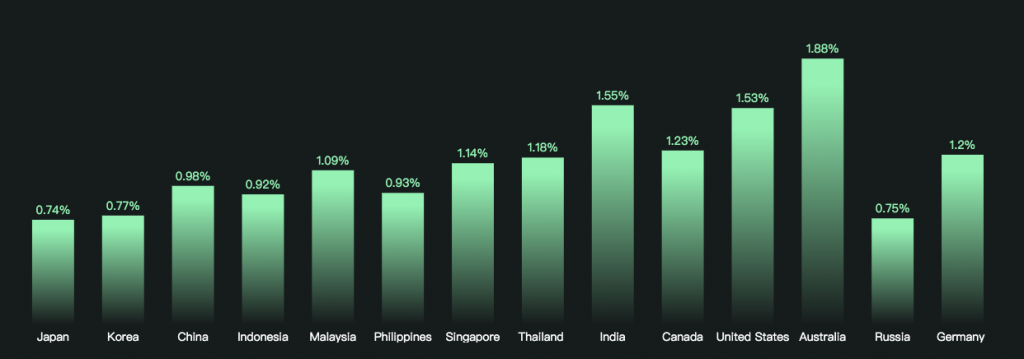
In 2020, there is a large gap in CTR between different countries. The country with the highest CTR is Australia, with an average CTR of 1.88%; countries with lower CTR are Japan, Korea, and Russia, with an average CTR of about 0.75%. On the whole, the average CTR is between 0.5% and 2%, which varies from country to country. More Facebook ads cost data can be queried through ADCostly.
How to improve CTR?
1. Optimize the conversion funnel
- What happens after a user clicks on your ad?
- What is the user experience?
- What kind of page will they see?
When you did Facebook advertising and introduced a lot of traffic but the conversion was very unsatisfactory, have you ever thought about the problem of the conversion funnel?
If your funnel is too long, it may be because you have added too many steps between the conversion and the landing page of your ad, and you have lost a lot of visitors.
If your funnel is too short, it means that you are too anxious to let customers place orders and directly omit the process of guiding customers to purchase desire. This kind of user experience is very poor, and they may even share this experience with others on Facebook.
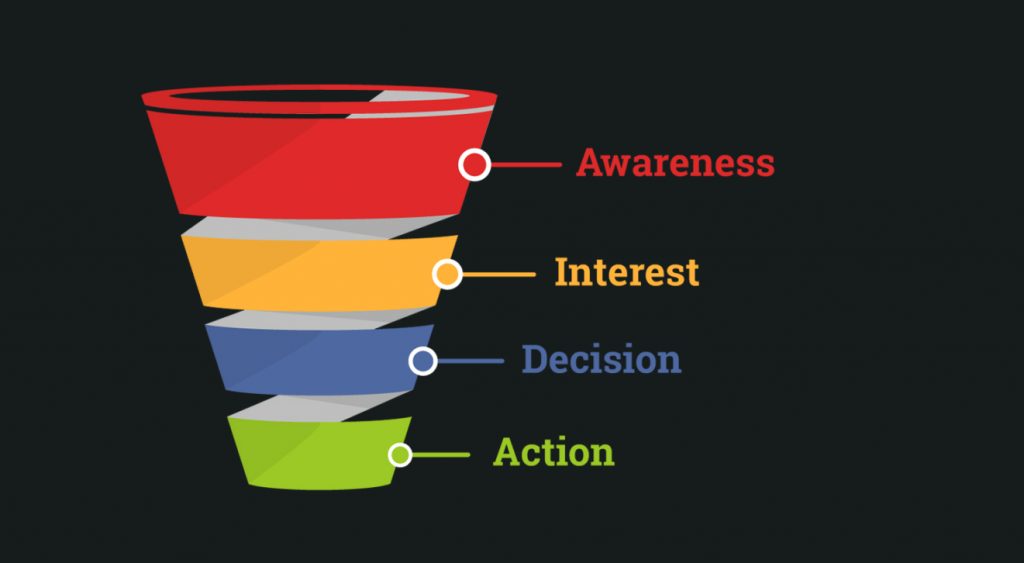
2. Optimize the target audience
The audience does not match the content of your ads. This is a problem we have been emphasizing. We all know that Facebook has a strong database, but not every user will be interested in your ads.
If you only prepare one advertisement and push it to everyone, then the effort you spend on understanding and distinguishing the target audience will be wasted, and perhaps a lot of unnecessary money will be spent.
So what should we do?
Build different advertising content based on your target audience’s interest, region, buying habits and other information. This is also a content that needs to be tested. For example, if you have baseball fans in a certain audience, adding some baseball-related content to the copy will make the audience more interested in your ad.
You can use ADCostly‘s Audience analysis to select the interests of a sufficient number of audiences, and test these interests to ensure that ads are placed in the target user’s field of vision.
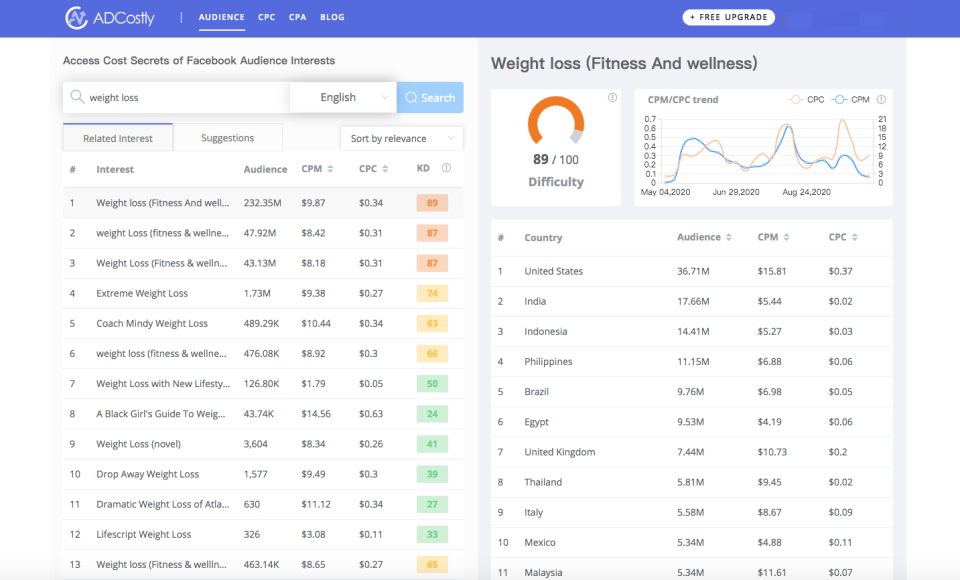
3. Optimize landing page
The choice of landing page is as important as the introduction of traffic. You need to find a way to establish a coherent user experience, so that users will not have too much psychological gap when jumping from the ad to the website, so the information on the landing page must match the ad copy.
The same mistake that many advertisers make is to direct users from the advertisement to the homepage. The user has already shown interest in your product, but your behavior is to throw them back to the starting point.When visitors do not see the products or activities promised in the advertisement on the landing page, they are likely to close the website directly instead of slowly searching for those content on the website.
So what should we do?
- Make sure that the URL setting of the landing page is correct, and the landing page needs to give users a consistent experience.
- If your ad is about a single product, you need to take users to the product details page.
- If your ad is running lead, make sure that your users will be taken to a dedicated landing page.
- If you provide different information to different audiences, you can create different landing pages to match different users.
4. The picture follows the 20% rule
Although Facebook has changed the rule that contains up to 20% text in the picture, the system and users still have little or no text in their preferences for ads. Putting too much text in the ad will cause FB to delay pushing your ad, which will affect the number of ad coverage and CPC.
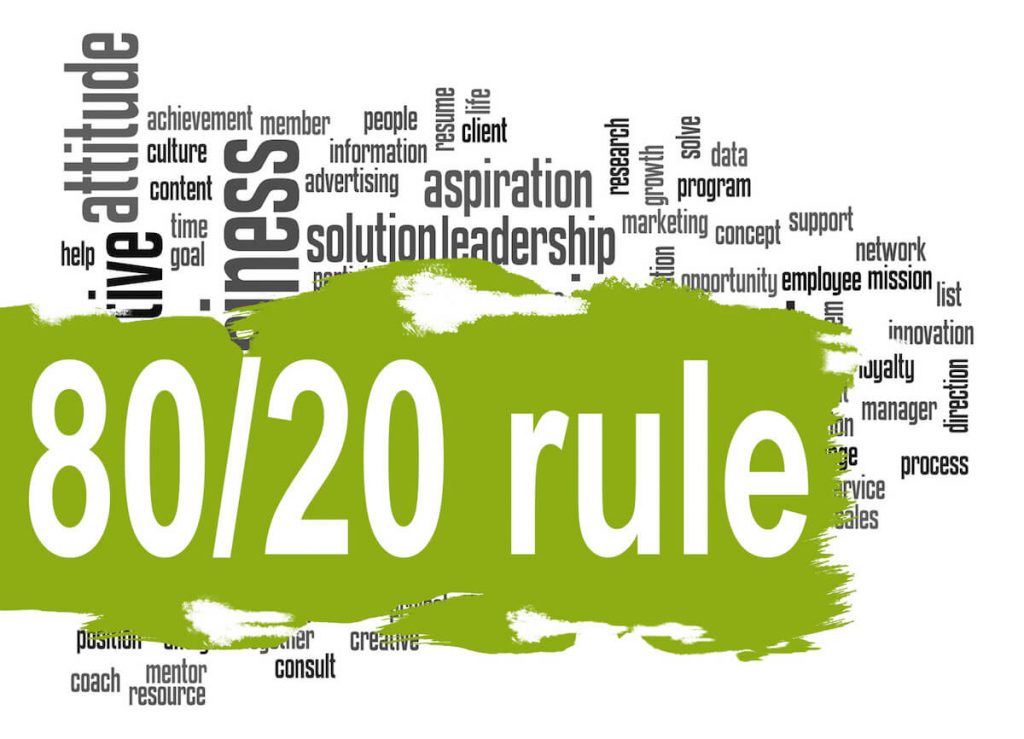
So what should we do?
When you upload a picture with too much text, Facebook will warn you even if it passes your ad. Do not ignore this warning. At this time, you need to adjust the proportion of text to avoid punishment.
Instead of putting text on the picture, you can also maximize your word count in the title and description area to display your message. Maybe you can try the carousel mode. In this mode you have a lot of places to display text. If you still decide to add text to the picture, then you have to use Facebook’s Ad Overlay Checker Tool to ensure compliance.
